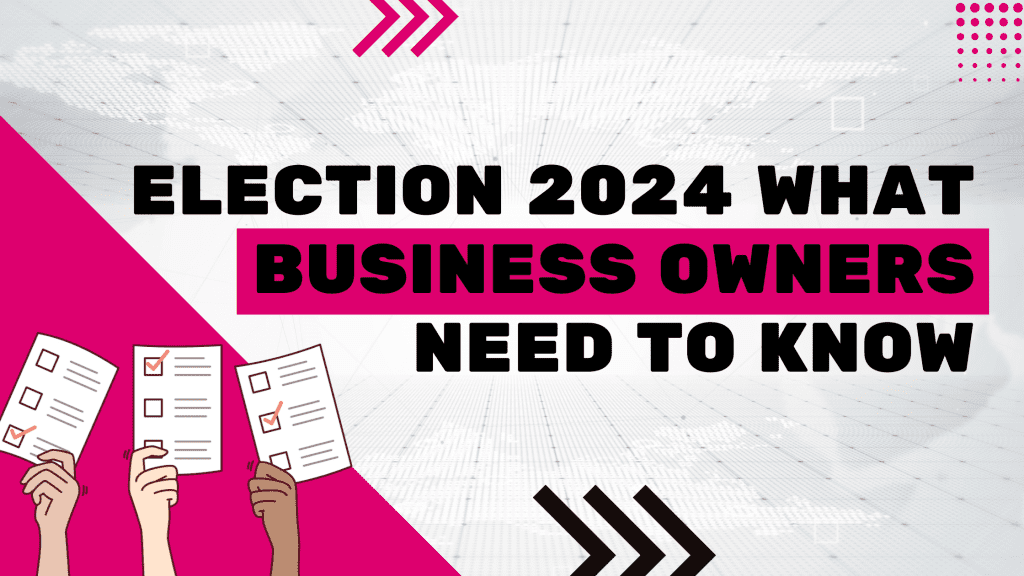
Election 2024: What Business Owners Need to Know As the 2024 election approaches, business owners across the UK are keen…

Election 2024: What Business Owners Need to Know As the 2024 election approaches, business owners across the UK are keen…

Capital gains tax (CGT) is a crucial concept for anyone selling assets like property or stocks in the UK. This blog breaks down the essentials of CGT, explaining how it works, the current tax rates, and strategies to minimise your tax bill. Whether you’re a seasoned investor or a newcomer, understanding CGT can help you make informed financial decisions and save money. Read on to learn more about how to calculate your gains, use your annual exemptions, and take advantage of tax reliefs available to you. Stay informed and manage your investments wisely with our easy-to-understand guide.

**Excerpt:**
Discover the power of R&D tax credits! These government incentives can significantly reduce your tax liability, making it easier to invest in innovation. Whether you’re developing new products, advancing technology, or improving processes, R&D tax credits can provide substantial financial benefits. Learn how your business can qualify and claim these credits to stay competitive and fuel growth. Don’t miss out on this opportunity to enhance your R&D efforts and secure a brighter future for your company.

On March 6, 2024, Chancellor Jeremy Hunt delivered a spring budget aimed at boosting public morale and securing voter support,…

Attention Business Owners, We’ve got the latest scoop on the recent Spring Budget announcement by the chancellor. Buckle up because…

Simplified Guide for Business Owners: Understanding the Spring Budget Predictions Attention all business owners! The Spring Budget is set to…

Understanding the Changing Tax Landscape Current Tax Benefits: A Favorable Position Double cab pickups are the backbone of the construction…

Elevate Your Business: A Guide to Improving Your Business Credit Score Your business credit score is a valuable asset that…

The UK Energy Crisis: Navigating Turbulent Waters in Business The United Kingdom is currently facing an energy crisis that is…

Unlocking Opportunities: A Comprehensive Guide to UK Business Grants In the dynamic landscape of UK business, growth and innovation are…